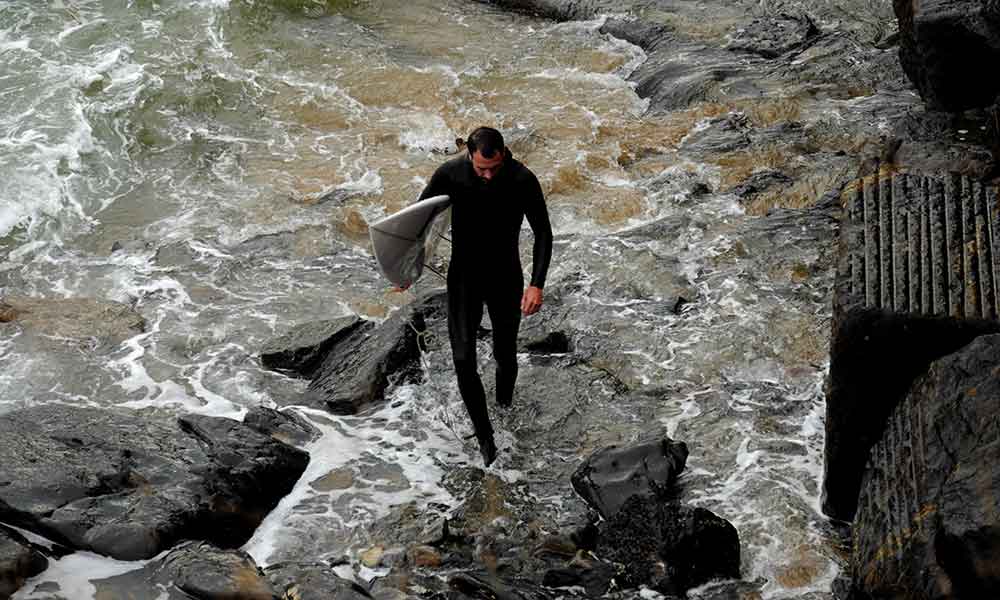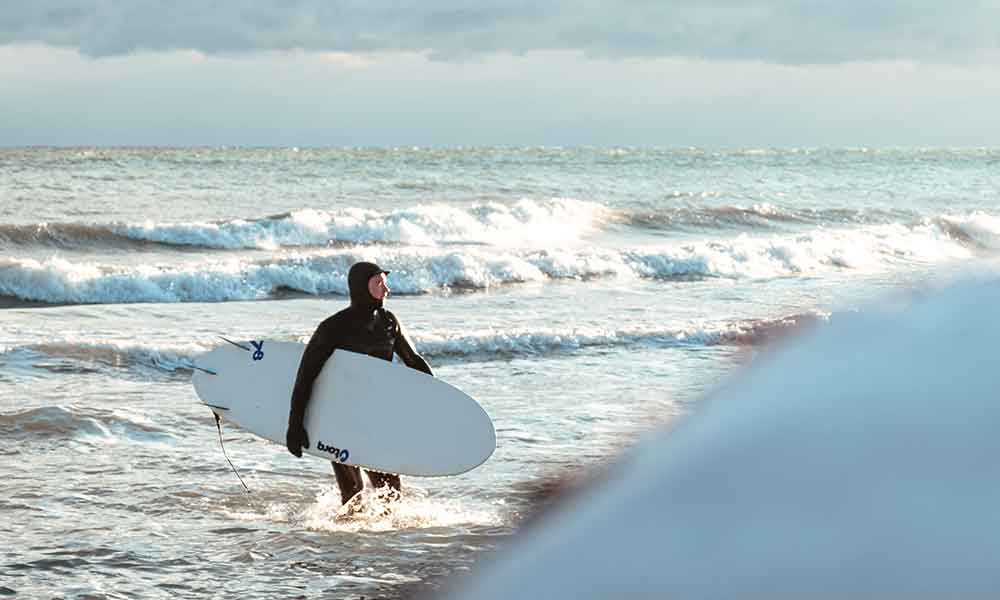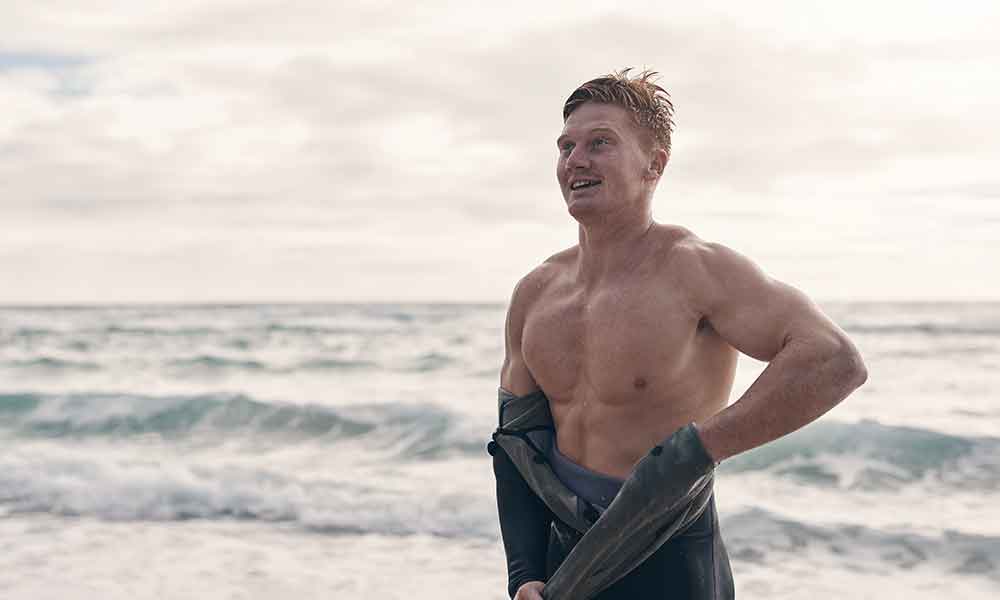A rash guard is a type of shirt designed to protect your skin.
They are lightweight, warm, and protective, and whether you’re a beginner or a pro, you should definitely consider buying one.
What is a Rash Guard for Surfing?
A rash guard protects against chafing.
A rash guard will also protect the skin against harmful UV rays, which is essential if you’re spending a lot of time on the open water with the sun beating down.
It also helps to wear something under your wetsuit, especially for female surfers.
The first thing you want to do when you leave the surf is peel off your wetsuit.
If you’re a female surfer wearing nothing underneath, that’s probably not an option.
If you have a rash guard on, you can rip that wetsuit off as soon as you’ve finished and can also peel it open when it gets too hot.
Rash guards are very useful, but they are not essential, and some surfers choose not to wear them.
However, if you are comfortable wearing a rash guard and want the added UV protection that they provide, it’s a must-have accessory.
Downsides of Wearing a Rash Guard
As you probably guessed, there are some downsides to wearing rash guards.
If that wasn’t the case, everyone would wear them, and they would be as commonplace as wetsuits and leashes.
So, what’s the issue here and why do many surfers choose not to wear rash guards?
Comfort—or lack thereof—is one of the issues with wearing rash guards.
Some people just don’t like wearing anything under their wetsuits.
The main issue, however, is overheating.
If you’re wearing a skin-tight, ultra-protective rash guard underneath a wetsuit, you’re going to get very hot when surfing on a summer’s day.
What You Need to Know About Buying a Rash Guard
Before you buy a rash guard online or from your local surf shop, consider the following:
1. How Does it Fit?
Rash guards are available as loose-fit and skin-tight options.
A tight fit is usually best for surfing. It means that excess fabric won’t be getting in your way and you’ll have more freedom of movement.
A tight fit is also important for rash protection.
When you wax your board and then spend several hours paddling, you’ll be exposing your body to irritants and once you add movement and chafing to the mix, your skin will suffer.
A tighter fit may help to prevent such issues.
If it’s all about UV protection as you chill on a beach, boat, or paddleboard, a loose-fit might be the better option.
2. Long Sleeve or Short Sleeve
Rash guards are available as long sleeve and short sleeve options.
Style comes into it somewhat, but sun protection is the main issue here.
A long sleeve rash guard will give you more sun protection than a short sleeve, but it’s a delicate balance, as it will also make you more prone to overheating and may not be as comfortable.
3. The Material
Rash guards can be made from many different materials.
Most are woven from synthetic fabrics designed to provide optimal sun protection. These fabrics include blends of polyester, nylon, and elastane.
The trick is to find something that delivers the protection that you need without feeling like you’re wearing a plastic sheet infused with pine needles.
The speed at which the material dries is important, as well.
The faster that it dries, the better, as wet fabric will cling to your skin and lower your body temperature.
4. The Design
Finally, a rash guard should look cool and suit your style and your taste.
It can also combine some additional features that make for a more suitable and stylish rash guard, including flat-locked seams for less chafing and a high collar for added sun protection.
Can You Swim in Rash Guard Shirts?
Yes! Rash guards can be used when swimming in pools and the ocean.
They don’t hold onto water and bacteria as much as traditional shirts.
They are quick-drying, provide sun protection, and are very hygienic for you and other swimmers.
What’s the Difference Between a Rash Guard and a Swim Shirt?
Although the terms “rash guard” and “swim shirt” are occasionally used interchangeably, there is a small difference.
Typically, a swim shirt or surf shirt provides a looser fit and is designed to look more like a traditional shirt.
Should I Buy a Rash Guard?
Whether you wear a rash guard or not is entirely your decision, as is whether you want a long-sleeved or short-sleeved rash guard.
The benefits are huge, as you will need that sun protection and anti-chafing properties, but they are not worn by everyone and are not considered essential.







